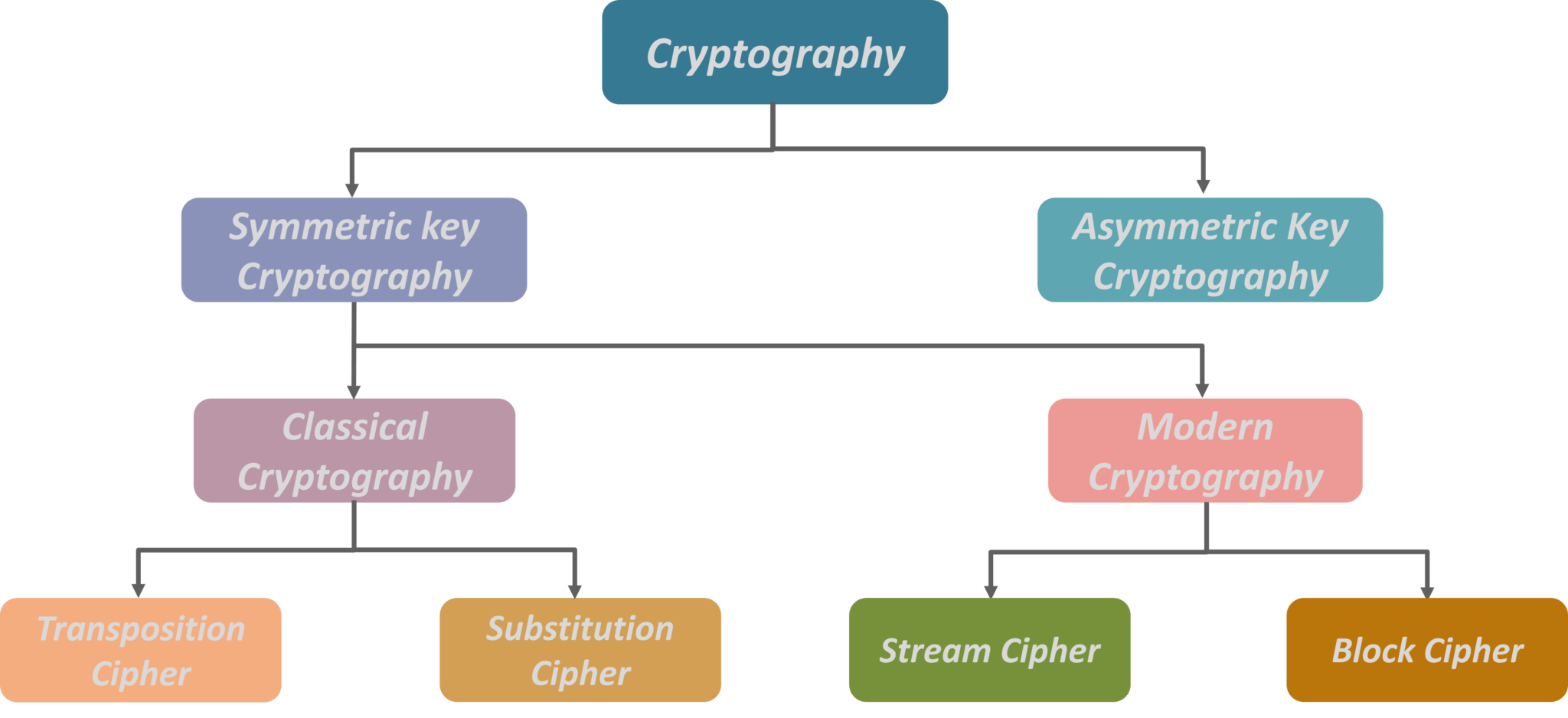In the modern digital age, the importance of cryptography cannot be overstated. It is the backbone of security in our online activities, ensuring confidentiality, integrity, and authentication. The allure of cryptography lies in its intricate algorithms, which not only serve practical purposes but also embody a rich history of mathematical ingenuity and intellectual exploration. Here, we delve into several fascinating cryptography algorithms that exemplify the convergence of art and science while securing our digital communications.
1. RSA Algorithm
The RSA algorithm, named after its creators Ron Rivest, Adi Shamir, and Leonard Adleman, is perhaps the most renowned public-key cryptographic system. It relies on the mathematical principles of number theory, specifically the difficulty of factoring large prime numbers. In this paradigm, a pair of keys is generated: one public, which is shared openly, and one private, which remains confidential. The security of RSA hinges on the fact that, while it is easy to multiply two large prime numbers together, reversing the process—factoring the product back into its constituent primes—is computationally infeasible for sufficiently large numbers. The fascination with RSA lies not only in its widespread use, such as in securing web traffic (HTTPS) but also in its integral role in shaping the modern landscape of digital security, demonstrating a compelling intersection between theoretical mathematics and practical application.
2. Advanced Encryption Standard (AES)
Designed as a replacement for the aging Data Encryption Standard (DES), the Advanced Encryption Standard (AES) is a symmetric encryption algorithm that has become the gold standard in securing electronic data. Unlike asymmetric algorithms like RSA, AES utilizes the same key for both encryption and decryption, which necessitates a secure method for key distribution. AES operates on fixed block sizes of 128 bits, utilizing key lengths of 128, 192, or 256 bits, and employs a series of transformation rounds (10, 12, or 14, depending on the key length) to encrypt data. Its speed and efficiency contribute to its widespread adoption in various applications, from wireless communications to banking. The allure of AES is its robust security features combined with efficient processing, making it a critical component in safeguarding sensitive information.
3. Elliptic Curve Cryptography (ECC)
Elliptic Curve Cryptography (ECC) is an intriguing alternative to traditional public-key systems like RSA. It is grounded in the mathematics of elliptic curves over finite fields, which allows for the creation of smaller, yet equally secure keys. The significance of ECC lies in its ability to provide high levels of security with significantly shorter key lengths when compared to RSA. For instance, a 256-bit ECC key offers comparable security to a 3072-bit RSA key. This efficiency makes ECC highly desirable, especially in resource-constrained environments such as embedded systems and mobile devices. The incorporation of ECC also elevates the encryption process, as it effortlessly combines complex mathematical structures with cutting-edge applications of cryptography in securing communications.
4. Diffie-Hellman Key Exchange
The Diffie-Hellman Key Exchange represents a groundbreaking development in cryptography, allowing two parties to establish a shared secret over an insecure channel without prior exchange of keys. This algorithm relies on the mathematical principle of modular exponentiation and the notion of a discrete logarithm—a problem that is computationally challenging. Each party generates their private key and computes a public key to share with the other. By combining their own private keys with the received public key, both parties can arrive at the same shared secret. This provides the foundational mechanism for securing numerous communication protocols, including those used in VPNs and secure messaging apps. The elegance of the Diffie-Hellman Key Exchange lies in its capacity to foster secure communications, highlighting the innovative potential of cryptographic algorithms.
5. SHA-2 (Secure Hash Algorithm 2)
The SHA-2 family, which includes SHA-224, SHA-256, SHA-384, and SHA-512, is pivotal in ensuring the integrity of data across computing platforms. As a cryptographic hash function, SHA-2 generates a fixed-size output (a hash) from input data of any size, making it a vital cog in the machinery of digital signatures and data integrity checks. The collision resistance, or the difficulty of finding two distinct inputs that yield the same hash output, is a crucial aspect of SHA-2. The widespread adoption of SHA-2 in various security protocols underscores its reliability and significance in safeguarding the integrity of emails, software downloads, and cryptocurrency transactions. The allure of SHA-2 lies not only in its cryptographic strength but also in its fundamental role as a digital fingerprint, ensuring that data remains unaltered in transit.
6. Twofish
Twofish is a symmetric key block cipher that garnered attention during the competition to select AES. It is remarkable for its speed and flexibility, supporting key sizes of up to 256 bits. Twofish derives its security from its use of a combination of pseudorandom key-dependent S-boxes and a variably structured number of rounds, making it resilient against many cryptanalytic attacks. The construction of Twofish epitomizes a blend of complexity and efficiency, allowing it to perform exceptionally well across various hardware and software environments. Its attractive balance of performance and security ensures that Twofish remains an essential player in the cryptographic landscape, favoring practical implementations in high-speed applications.
In summation, the realm of cryptographic algorithms brims with captivating narratives entwined with complex mathematical constructs. From the all-encompassing RSA and AES to the novel approaches of ECC and Twofish, each algorithm reflects a blend of historical significance, mathematical profundity, and modern applicability. Cryptography resonates not only through its necessity for security but also in its role as a scholarly pursuit that embodies the quest for knowledge and understanding in the face of ever-evolving technological challenges. It is this dynamic interplay between practicality and intellectual challenge that continues to inspire curiosity and innovation in the cryptographic domain.







Leave a Comment